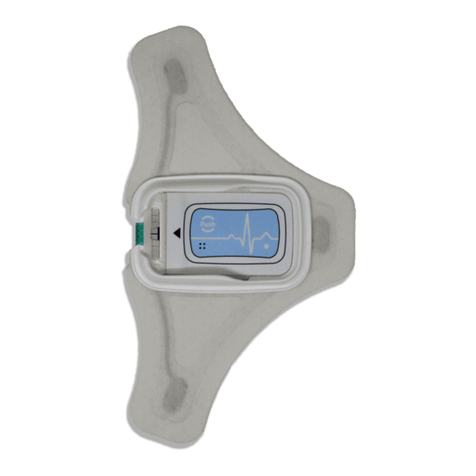
Contents
Device Overview........................................................................................................................................................3
Description.......................................................................................................................................................................... 3
Indications for Use .............................................................................................................................................................. 4
Contraindications................................................................................................................................................................ 4
Recorder Components ........................................................................................................................................................ 5
Equipment Symbols ............................................................................................................................................................ 7
Precautions ......................................................................................................................................................................... 8
Operation ..................................................................................................................................................................9
Battery Installation Instructions.......................................................................................................................................... 9
Initial Device Setup ........................................................................................................................................................... 10
User Interface ................................................................................................................................................................... 11
Starting a Study................................................................................................................................................................. 12
Monitoring a Study ........................................................................................................................................................... 17
Ending a Study................................................................................................................................................................... 19
Electrode Application........................................................................................................................................................ 22
Patient Use Precautions.................................................................................................................................................... 24
Maintenance ...........................................................................................................................................................25
Charging ............................................................................................................................................................................ 25
Storage .............................................................................................................................................................................. 25
Cleaning............................................................................................................................................................................. 26
Testing............................................................................................................................................................................... 26
Troubleshooting ......................................................................................................................................................27
Error Messages.................................................................................................................................................................. 27
Server Errors ..................................................................................................................................................................... 28
Wireless Compliance................................................................................................................................................29
Specifications...........................................................................................................................................................30
TZ Medical Warranty................................................................................................................................................32
Limited Warranty .............................................................................................................................................................. 32
Obtaining Warranty Service.............................................................................................................................................. 32
Accessories ..............................................................................................................................................................33































